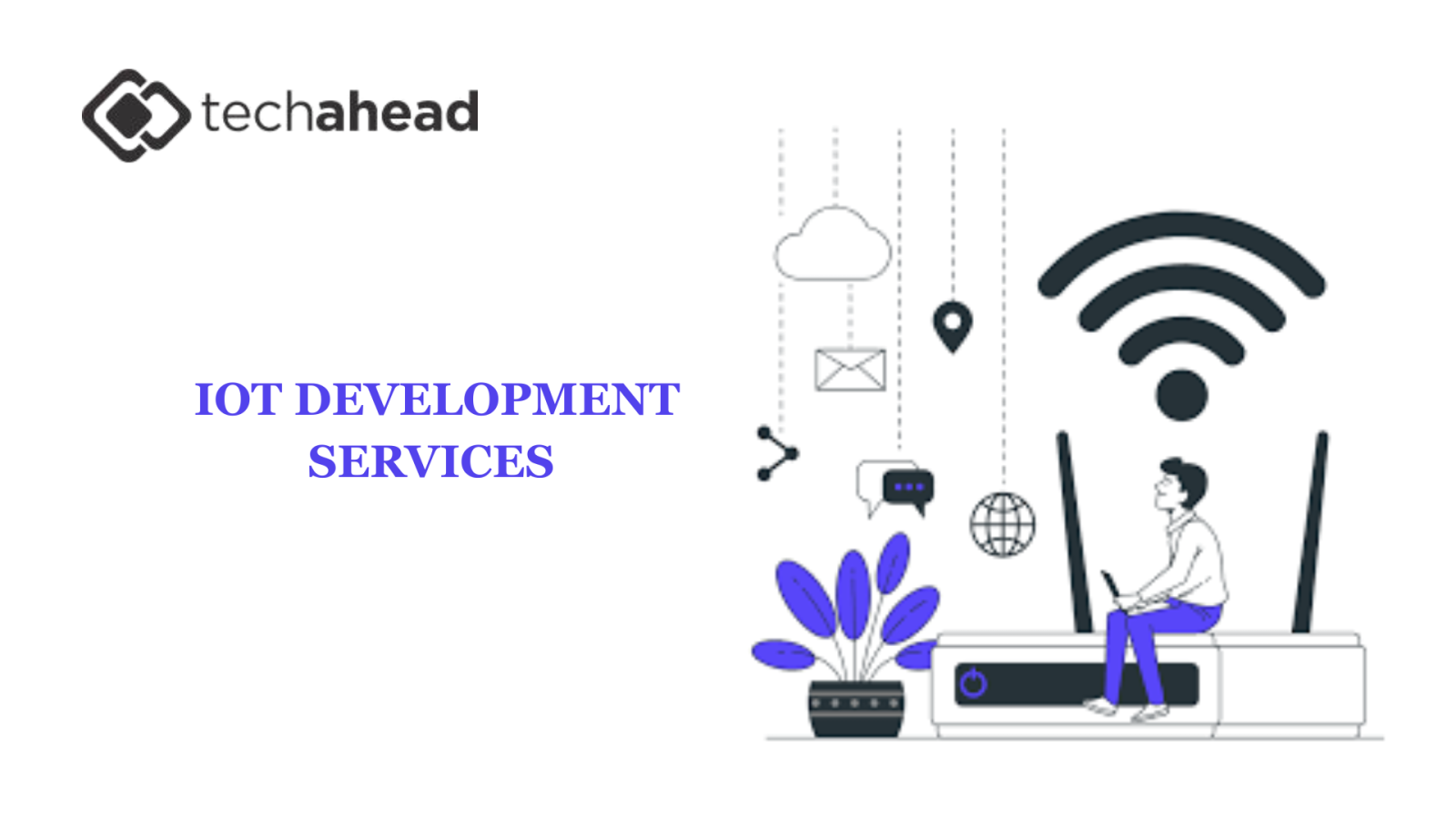Notifications

4 minutes, 47 seconds
-380 Views 0 Comments 0 Likes 0 Reviews

When we age there comes challenges related to health and freedom in performing activities on our own. There are families who constantly worry about the safety and well-being of their elders. But with IoT stepping in, the potential to transform elderly care increases.
Internet of Things or IoT is using some interconnected devices and sensors so that it is possible to monitor and support the health and daily lives of the senior citizens. These devices collect data constantly, transfer it wirelessly, and give real-time insights to caregivers and the family members. All this allows for proactive care, early inventions, and a greater sense of security. However, for a robust solution, you have to find a reliable healthcare app development company who can create your elderly care vision using IoT into a product.
If you are wondering about the possible use cases of IoT for elderly care so that you can create a solution for society, here are the key ones to ease your work.
Wearable devices like smartwatches and fitness trackers can monitor the heart rate, blood pressure, and sleeping patterns of the elderly people. This data is then shared on the cloud with healthcare providers as well as the family members which makes early detection of health issues possible.
The sensors in homes or worn by the seniors are capable to detect falls and give an alert automatically to emergency services or caregivers. This is important as falls are a leading cause of injury among the elderly people. As per the CDC, more than 1 out of 4 older people fall each year.
A smart pill can remind the seniors to take their medications at the correct times and dosages. There are some devices that can even track medication compliance and send key alerts to the caregivers if seniors miss doses.
Because IoT devices can track the locations of seniors, it is helpful for those who have serious issues like dementia. With geofencing, caregivers can also set virtual boundaries and receive alerts if a senior goes outside of the decided area.
It can help seniors to stay connected with family and friends. Few major modes of connections are video calls, messaging, and social media.
IoT devices can help seniors to maintain their freedom and live a safe life at their homes. There will also be increased safety as features like real-time monitoring and alerts can help prevent accidents and alert the assistance in emergency cases. Also, using remote monitoring and automated tasks, the burden on caregivers gets lower, giving them peace of mind.
For sure there are many benefits of IoT, but it also hides few challenges. In these challenges, the privacy concerns are critical because of increasing healthcare breaches in the world.
Further, there is also a need to educate the seniors about the use of IoT devices and their basic workings.
Finally, it is important to note that some IoT devices and services are expensive. It is best to consult an IoT development services provider to get a quote about the complete solution.
Despite the challenges, the potential of IoT in the elderly case is surely stronger than we think. As technology evolves, we can see innovative and healthier solutions for the senior citizens.

